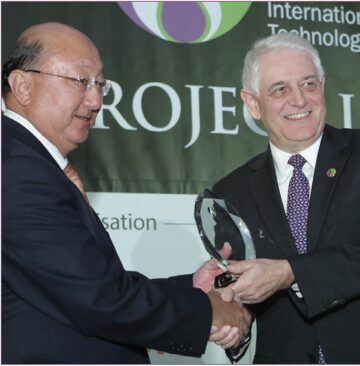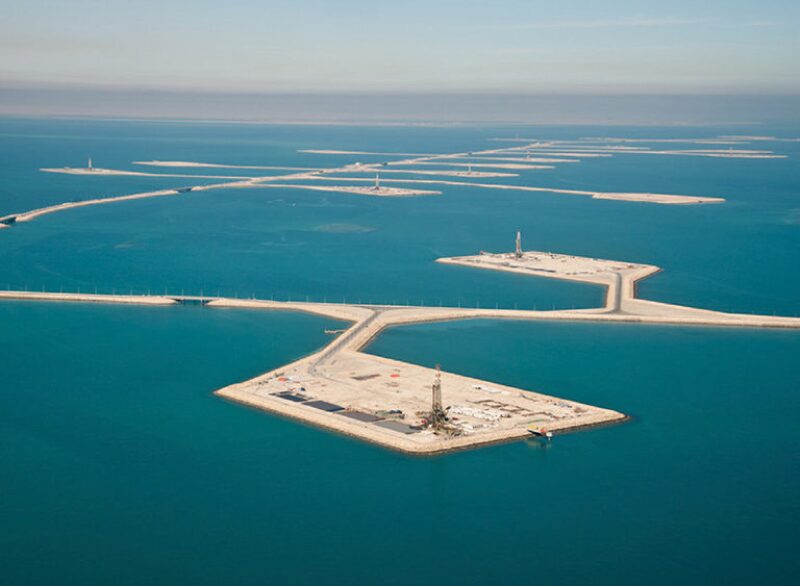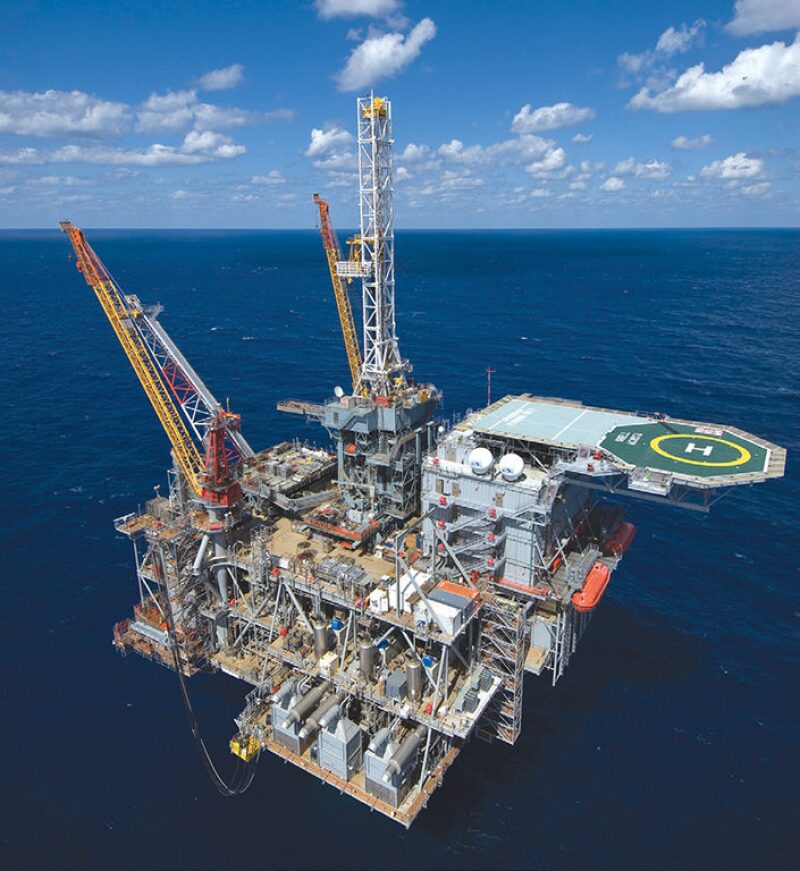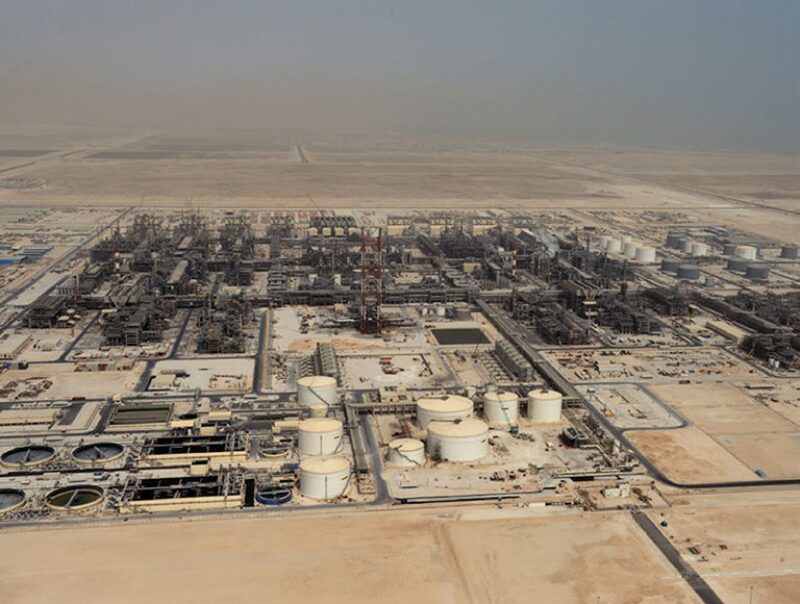At IPTC’s awards dinner, Shell was bestowed with the conference’s highest honor in recognition of its Pearl Gas to Liquids (GTL) facility in Qatar. Shell is the seventh recipient of the Excellence in Project Integration award and was singled out for its successful implementation of what is widely acknowledged as one of the world’s most complex and capital-intensive projects ever commissioned. Mitchitaka Ohta, IPTC award committee chairman and director of project coordination for INPEX, presented the award to Shell at Doha’s St. Regis Hotel before representatives of His Highness Sheikh Tamim Bin Hamid Al-Thani, emir of Qatar, as well as hundreds of executives from both international and national oil companies. “Over the years, the award has been receiving increasing interest from the industry, resulting in establishing itself to be one of the most prestigious forms of commendation of those involved in the upstream industry,” Ohta said.

Many of this year’s submitted projects included world-first introductions of new technology, record-breaking achievements, and outstanding efforts to maximize production. To be considered, the projects must have been completed within the past 5 years and involve more than USD 500 million in costs. The criteria the committee used to select the winner included strong examples of multidisciplinary integration, a clear scope of work from discovery to delivery, exceptional application of technology, and exemplary performance in regard to health, safety, and the environment. This year, 16 nominations were submitted, representing 11 companies in 11 countries, and, out of those, the IPTC Awards Committee selected the following three finalists.
Pearl GTL by Qatar Shell
The Pearl GTL facility in Ras Laffan Industrial City, Qatar, is the world’s largest GTL plant and, at full capacity, produces 140,000 B/D of liquid fuels. In addition to GTL fuel production, the facility also produces 120,000 B/D of natural gas liquids and ethane. Pearl GTL is a joint development project by Qatar Petroleum and Shell and represents the largest energy project in Qatar’s history and 8% of Shell’s total global production.
Constructed in two phases, the Pearl GTL project was brought online in the first part of 2011 and ramped up to maximum production in 2012. Today, the Pearl GTL facility processes 1.6 Bcf/D of wellhead gas from Qatar’s North Field, the largest natural gas field in the world, containing an estimated 900 Tcf of gas. The field, first discovered by Shell in 1971, extends from Qatar’s coast into the gulf and now has 22 subsea wells and two wellhead platforms. The facility uses two GTL reactors and a proprietary catalyst to produce chemical feedstock for plastics, jet fuel, and synthetic diesel fuel.
Encompassing 250 hectares, more than 300,000 tons of pipe and steel were used to build the facility—equivalent to 40 Eiffel Towers. The project also exemplified Shell’s commitment to the safety of its workers and subcontractors. At the peak construction phase, more than 52,000 workers were onsite and produced 77 million man-hours of work without a single lost-time incident.
Manifa by Saudi Aramco
The USD-17-billion Manifa project is Saudi Aramco’s chief accomplishment for 2012 and demonstrated the company’s ability to develop a technically challenging resource with exceptional considerations made in regard to preserving the environment. Production is projected to peak ahead of schedule at 900,000 BOPD by the end of this year. The field is producing 90 MMscf/D of sour gas and 65,000 B/D of gas condensate.

Located off the northeast coast of Saudi Arabia, the Manifa Bay heavy-oil field is estimated to be the world’s fifth largest. Saudi Aramco was faced with major environmental challenges in developing the field. Using conventional offshore drilling rigs would have required the dredging of dozens of access channels that meant destroying large swaths of coral reef and irreparably endangering the marine ecosystem that the local fishing industry depends on.
To develop the field without harming the environment, Saudi Aramco devised a radical plan to construct man-made islands to serve as drilling platforms. In all, 27 islands were built and connected with 41 km of causeways from coast to coast across the bay. The system of causeways and 14 bridges allows the ocean currents to flow into the bay, bringing vital nutrients and oxygen that will ensure the continued vitality of the bay.
Perdido by Shell Netherlands
Perdido is a record-breaking deepwater project operated by Shell Netherlands in the Gulf of Mexico, approximately 220 miles offshore Texas. The Perdido spar is the world’s deepest operating offshore platform, producing from the deepest offshore fields in the world. In 2011, Perdido began production from the world’s deepest offshore well, at a depth of 2824 m. The platform is moored at a depth of almost 2450 m and has a production capacity of 100,000 BOPD and 200 MMcf/D of natural gas. First oil from Perdido was achieved on 31 March 2010, and, since then, the host facility has been producing with 22 subsea wells from three ultradeepwater fields; Great White, Tobago, and Silvertip.

Shell initially considered a safe and successful development of the fields, discovered between 2002 and 2004, to be technically impossible. In addition to the extreme water depth, other challenges Shell faced in completing the project involved a rugged seafloor terrain and low-pressure reservoirs that would require the use of unique separation, boosting, and pumping technologies. The realization of the Perdido project involved more than 11 million man-hours of work, all completed without a single worker missing a day of work because of an accident.


